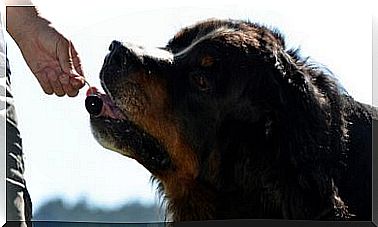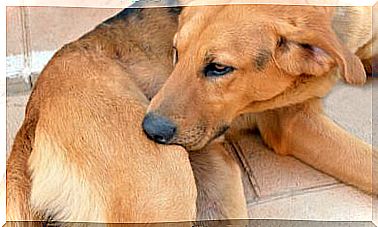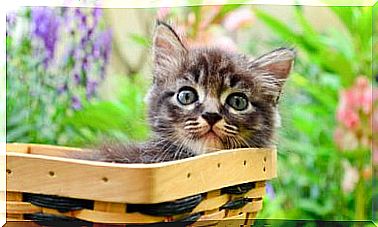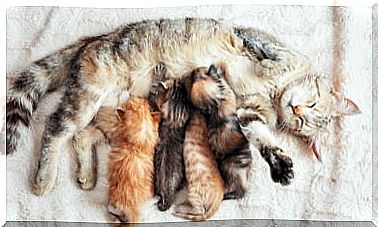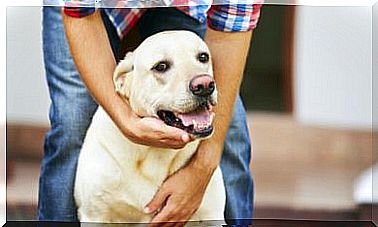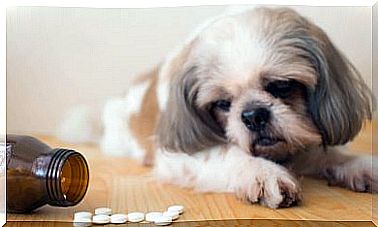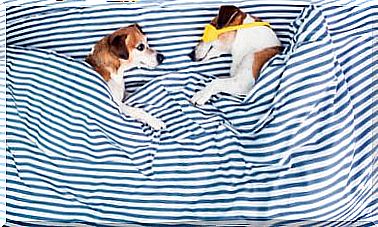Lice In Domestic Birds

Lice infestation in domestic birds is one of the biggest concerns for homeowners. But with proper hygiene and preventive medicine, it is possible to easily prevent the appearance of these parasites.
What are the main types of lice on domestic birds?
Lice are wingless insects that act as ectoparasites, affecting almost all species of birds and mammals. Thanks to their ease of reproduction and high contagion, they can be considered a pest and cause various zoonoses.
Science already recognizes and catalogs more than 40 species of bird lice. They all belong to the same family: that of the Mallophagus. And most are considered cosmopolitan, having spread across the entire planet.
They can affect domestic and wild birds of all sizes and ages. In addition, infested birds often have more than one species of louse on their body.
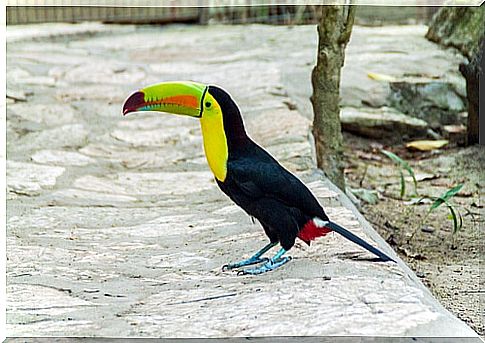
Next, we summarize the 6 most frequent species of lice in birds:
1. “Head louse ” ( Cuclotogaster heterographa)
This species measures about 2.5 mm and mainly parasitizes the head and neck area of birds. It mainly affects young birds and turkeys.
Contrary to popular belief, this louse does not suck blood from the bird. They actually feed on small debris from their fur and plumage. Therefore, they prefer to be located at the base of the feathers.
The infestation must be treated quickly to avoid severe damage to the animal’s health.
2. “Body louse ” ( Eomenacanthus stramineus)
This species is the one that most commonly affects domestic birds of various species. It is usually very harmful to the health of the animal, mainly during its first months of life.
Its size is between 2.5 and 3.5mm, being one of the most robust species. It can feed on the bird’s blood or on the remains of skin and feathers.
It is similar to fleas . They tend to prefer to stay in areas with the lowest concentration of feathers, such as around the cloaca. But with the advance of the infestation, they can parasitize the entire body of the bird, causing serious injuries.
3. ” Wing louse ” ( Lipeurus caponis )
This medium-sized species (between 2.0 and 2.5 mm) has a gray body in different shades. It predominantly parasitizes the wings of the bird, but also lodges in the head and tail.
It is popularly called “plucking louse”, as it voraciously feeds on pieces of the feathers. The affected bird quickly presents depopulation in its plumage and wounds on its wings.
4. “Pigeon louse ” ( Columbicola columbae )
These lice most frequently parasitize pigeons, but can also affect other species of domestic birds. Its average size is 2.5 to 2.8 mm and its diet consists of debris from the skin and feathers.
It usually resides preferably on the inside of the bird’s wings, where it also lays its eggs.
5. “Cannon louse ” ( Menopon gallinae )
This species is small and does not usually exceed 2.0 mm in length. However, it can cause serious damage to the plumage and health of domestic and wild birds.
It frequently feeds on skin debris, but can suck blood from the resulting wounds. It usually resides on the chest, torso or shoulders of birds.
Red lice: an increasingly alarming risk in domestic birds
Red lice can easily parasitize domestic birds, causing severe damage to their skin and plumage.
These ectoparasites often cause severe itching, causing the bird to scratch permanently. Another common symptom with the progress of the infestation is the loss of vitality, causing a lethargic or depressive state.
There are specific products for the prevention of red lice and mites in parrots and other domestic birds. The best prevention method is to spray these products periodically on the bird’s body, in addition to properly disinfecting the cage, accessories and the entire home.
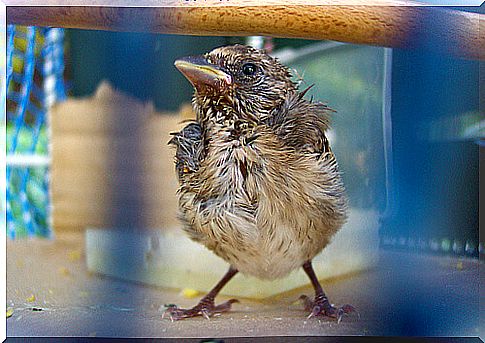
Lice in birds: the risk of developing scabies
Mite and lice infestation in birds can lead to the development of skin allergies and scabies.
Scabies is a highly contagious disease that needs to be treated quickly to preserve the health of your birds. Therefore, when recognizing the symptoms in your bird, it is essential to go immediately to the vet.
Its main symptom is the formation of white scabs or warts in the eyes, nostrils and on the legs.
Treatment generally consists of applying sulfur-based ointments. The goal is to fight inflammation and promote the regeneration of epithelial cells.
The best prevention against lice in domestic birds is to take proper care of the hygiene of the home and the animal. This includes respecting the periodic deworming and vaccination of each species.
